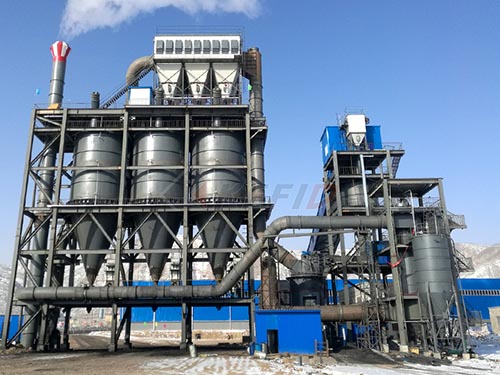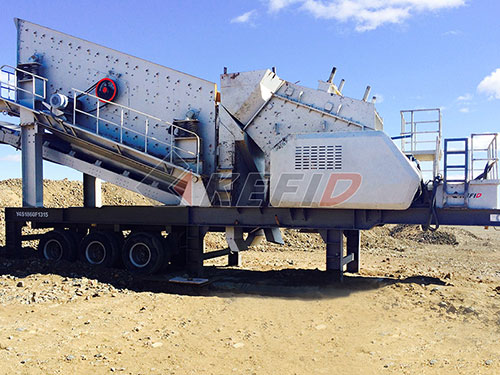A Wet Magnetic Separator is a device used to separate magnetic materials from non-magnetic ones in a wet medium (usually water or other liquids). It is widely used in mineral processing, recycling, and other industries to recover ferromagnetic materials like iron, magnetite, and pyrrhotite from slurries.
Types of Wet Magnetic Separators
1. Drum-Type Wet Magnetic Separator
– Consists of a rotating drum with a fixed magnetic assembly inside.
– Magnetic particles are attracted to the drum surface and carried out of the slurry, while non-magnetic particles flow away.
– Used for fine and weakly magnetic materials.
2. High-Intensity Wet Magnetic Separator (WHIMS)
– Uses stronger magnetic fields (up to 20,000 Gauss) to separate weakly magnetic minerals like hematite, ilmenite, and manganese.
– Often employs a matrix (e.g., steel wool or grooved plates) to capture magnetic particles.
3. Vertical Ring & Pulsating High-Gradient Magnetic Separator (VPHGMS)
– Combines a pulsating fluid flow with high-gradient magnetic separation for better efficiency in fine-particle processing.

Working Principle
1. The slurry is fed into the separator’s tank or directly onto the drum.
2. Magnetic particles are attracted by the magnetic field and adhere to the drum or matrix.
3. Non-magnetic particles pass through unaffected.
4. The captured magnetic material is discharged by washing or scraping.
Applications
– Mineral Processing: Recovery of iron ore, manganese, ilmenite, etc.
– Coal Washing: Removal of pyrite and other magnetic impurities.
– Recycling: Separation of ferrous metals from industrial waste.
– Ceramics & Glass Industry: Purification of raw materials by removing iron contaminants.
Advantages
– Efficient for fine and weakly magnetic particles.
– Can handle high-capacity slurries.
– Low maintenance compared to dry separators.

Disadvantages
– Requires water, which may need recycling or treatment.
– Higher operational costs due to slurry handling.
Would you like details on a specific type or application?
Leave a Reply